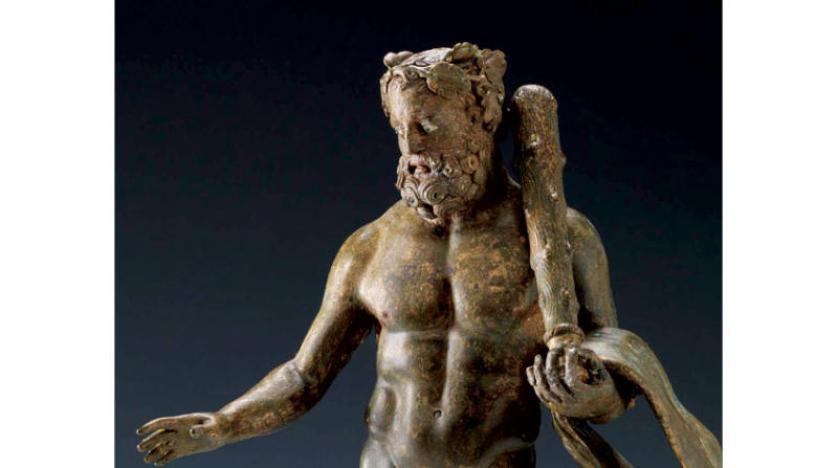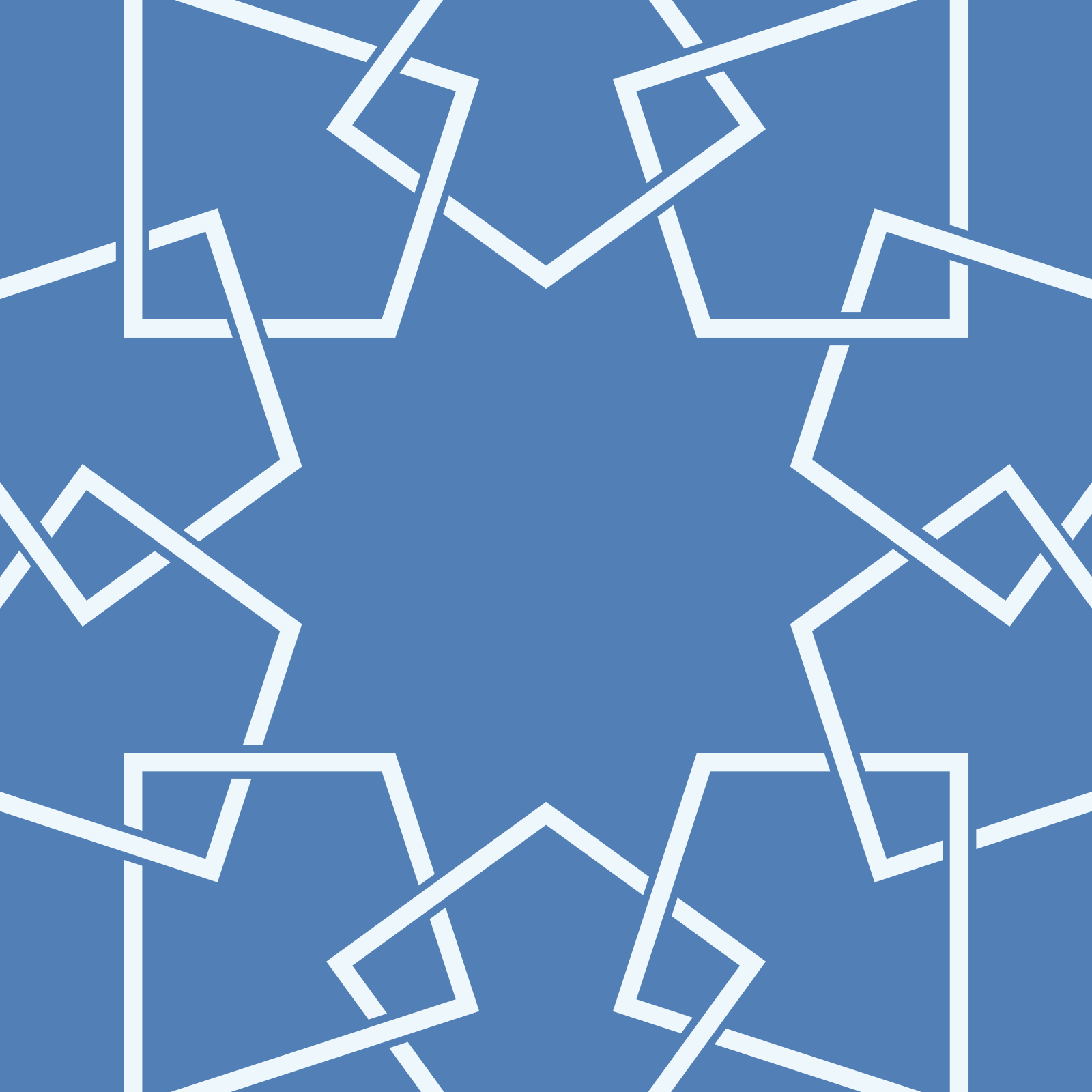Saudi cities are home to diversity of artifacts
 Photo: Hercules Statue left behind in Al Faw - Photo via AAWSAT AR
Photo: Hercules Statue left behind in Al Faw - Photo via AAWSAT AR
Published 12 Nov,2020 via Asharq Alawsat (English Edition) - Saudi Arabia's northern regions, especially the cities of AlUla, Tayma and Hail, as well as the eastern parts of the country and the island of Tarout, stand out for having been home to socially, economically and culturally advanced civilizations.
Adversity structures and artifacts were left behind, especially statues and archaeological engravings.
The uncovered monuments and statues have helped archaeologists and historians better understand the advances these civilizations had made in sculpturing and painting, in addition to the evolution of their art and sculpting methods they developed and spread to other regions across the world.
Archaeologists believe that the Dadans in AlUla, for example, which flourished during the first millennium BC Lehyanite rule, had established sculpturing centers that were among the most prominent in the Arabian Peninsula and the world.
According to a report by the Saudi Society for Archaeological Studies conducted by Dr. Abdulaziz Al-Ghazi and Dr. Saeed Al-Saeed, both Archaeology professors at the King Saud University, sculpting first emerged in the Arabian Peninsula six millenniums ago, as statues from the period were found scattered in Hail and AlUla. They were more like flat stone panels, which is why they are sometimes referred to as obelisks, mostly rectangular structures with a pointed tops.
The study found that sculpting began to emerge in eastern Arabia around the same period. Two statues from the period were found on Tarut Island, their features indicating that they had been made by an ancient slave civilization.
Sculpting developed in eastern Arabia a thousand years later, during the third millennium BC.
Copyright © Saudi Research and Publishing Co. All rights reserved. Provided by SyndiGate Media Inc. (Syndigate.info)
DISCLAIMER: This content is provided to us “as is” and unedited by an external third party provider. We cannot attest to or guarantee the accuracy of information provided in this article from the external third party provider. We do not endorse any views or opinions included in this article.
